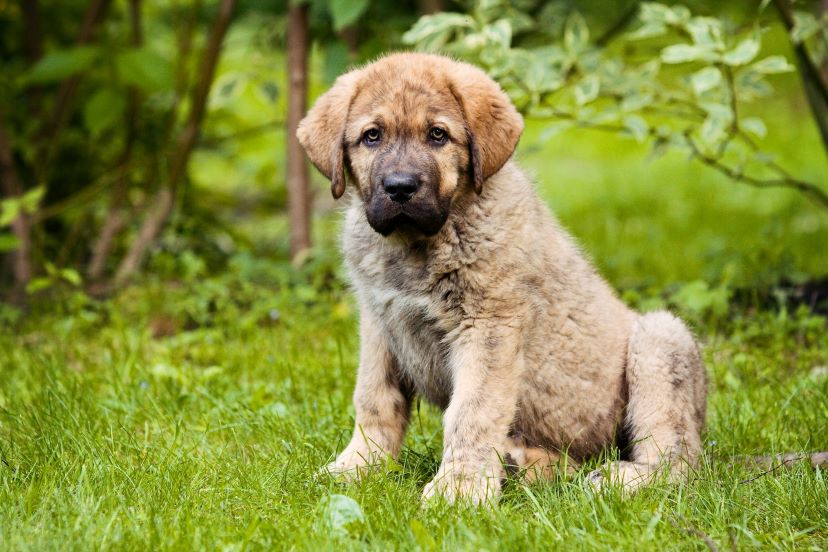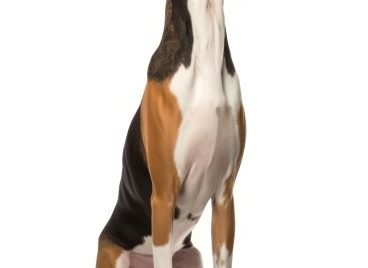Spanish Mastiff Traits & Characteristics
Introduction
Hello, fellow dog enthusiasts! Today, I want to share with you about one of my favorite breeds of large dogs – the Spanish Mastiff. It’s a breed with a rich history and fascinating traits that may just capture your heart like it did mine.
Overview of the Spanish Mastiff
The Spanish Mastiff, also known as Mastín Español, is a large dog breed native to Spain. Renowned for its incredible size and protective nature, this breed has captured the hearts of many dog lovers worldwide.
History and Origin
To truly appreciate the Spanish Mastiff, it’s important to understand its roots.
Roots in Spain
The Spanish Mastiff is believed to have originated in Spain over 2,000 years ago, making it one of the oldest breeds in the area.
Purpose in the Past
Historically, Spanish Mastiffs were used to guard livestock, particularly against predators like wolves. Their bravery and protective nature are traits that still define them today.
Physical Characteristics
What makes the Spanish Mastiff stand out, you ask? Let’s talk about their appearance.
Size and Weight
These dogs are real giants, standing at 28 to 35 inches tall and can weigh anywhere between 140 to 220 pounds. They are muscular and robust, projecting an image of formidable strength.
Coat and Colors
Spanish Mastiffs have a dense double coat that can come in a variety of colors, including fawn, brindle, black, and more. Their expressive eyes and droopy ears add to their endearing appearance.
Personality and Temperament
Beyond their physicality, it’s the personality of Spanish Mastiffs that truly makes them a joy to have around.
A Gentle Giant
Despite their size, Spanish Mastiffs are known to be calm and gentle. They’re incredibly affectionate with their family, displaying a level of loyalty that’s simply remarkable.
Guardian Instincts
Spanish Mastiffs possess a natural instinct to protect. They are alert and brave, ready to stand between their family and any perceived threat.
Training a Spanish Mastiff
Training a Spanish Mastiff may require a bit more patience, but it’s worth every effort.
Patience and Consistency
These dogs are intelligent, but they also have a stubborn streak. This means consistent, patient training is necessary to get the best results.
Socialization is Key
Early socialization is also vital. It helps ensure your Spanish Mastiff grows into a well-rounded and sociable adult dog.
Health and Longevity
Health is an essential aspect to consider when choosing a breed.
Common Health Concerns
Like other large breeds, Spanish Mastiffs can be prone to hip dysplasia. They may also experience heart problems and bloat.
Longevity
Typically, Spanish Mastiffs have a lifespan of 10-12 years, which is fairly standard for a breed of their size.
Care and Maintenance
Owning a Spanish Mastiff means being prepared for their care needs.
Grooming Needs
Their coat is relatively low-maintenance, but they do shed, especially during the shedding season. Regular brushing will help manage this.
Exercise Requirements
Despite their size, Spanish Mastiffs don’t require intense exercise. Regular, moderate activity will keep them happy and healthy.
Conclusion
The Spanish Mastiff is a remarkable breed – a gentle giant with a heart as big as its size. If you’re looking for a loyal companion and an excellent protector, this breed might just be for you.
FAQs
1. Are Spanish Mastiffs good with kids?
Absolutely. Their gentle nature and patient demeanor make them wonderful companions for children. However, due to their size, supervision is advisable during interactions.
2. Can Spanish Mastiffs live in apartments?
While they can adapt to apartment living, they’re better suited for homes with large yards where they can roam freely.
3. How often should I groom my Spanish Mastiff?
Brushing once or twice a week is generally sufficient. During shedding season, you might need to brush them daily.
4. Are Spanish Mastiffs easy to train?
While they are intelligent, their independent and sometimes stubborn nature can make training a challenge. Consistency and positive reinforcement work best.
5. What do Spanish Mastiffs eat?
They should be fed high-quality dog food suitable for large breeds. Consult with your vet for the best dietary advice.




